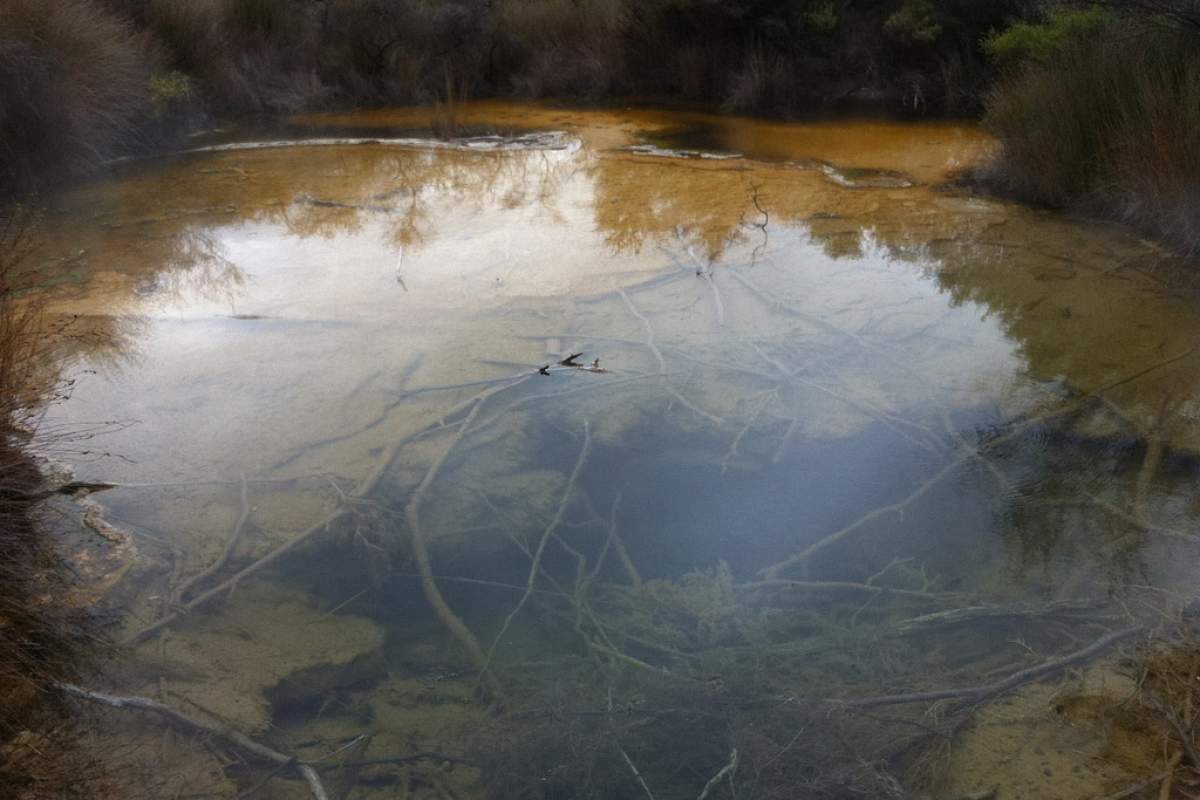
Green sunfish make their home near the bottom of muddy ponds throughout the northeast United States. If you swam down to visit one of these fish, you'd find water that was thick and murky, filled with algae and muck.
You probably wouldn't be able to see your hand in front of your face. Green sunfish, however, can see quite well down here--well enough to hunt and avoid predators. How?
Humans And Polarized Light
The secret of a sunfish's penetrating gaze is polarized light. Think of light as a set of waves, much like the ripples you can make in a jump rope by jiggling the end. If you shook the end of a jump rope every which way--up and down, side to side, and everything in between--the resulting motion in the rope would be like ordinary light.
If you only shook up and down, the rope's motion would become more orderly, confined to the flat, vertical plane. This flatness is what makes polarized light special.
Humans are blind to the way light is polarized--jiggly random light and flat polarized light look exactly the same to us. Green sunfish, however, have eyes that are sensitive to polarized light.
When sunlight enters a sunfish's murky waters, it bounces and scatters off all the algae and muck. Light that bounces around like this is quite jiggly and random--completely unpolarized. If the light reflects off a hard, flat surface though, the scales of another fish for example, it becomes polarized.
By picking out the polarized flashes from the background wash of unpolarized murkiness, a green sunfish can easily spot its next meal, its neighbor, or a lurking predator.
Sources and Further Reading:
"Through a Fish Eye, Lightly." Discover, October, 1996, pp. 16‑18.









